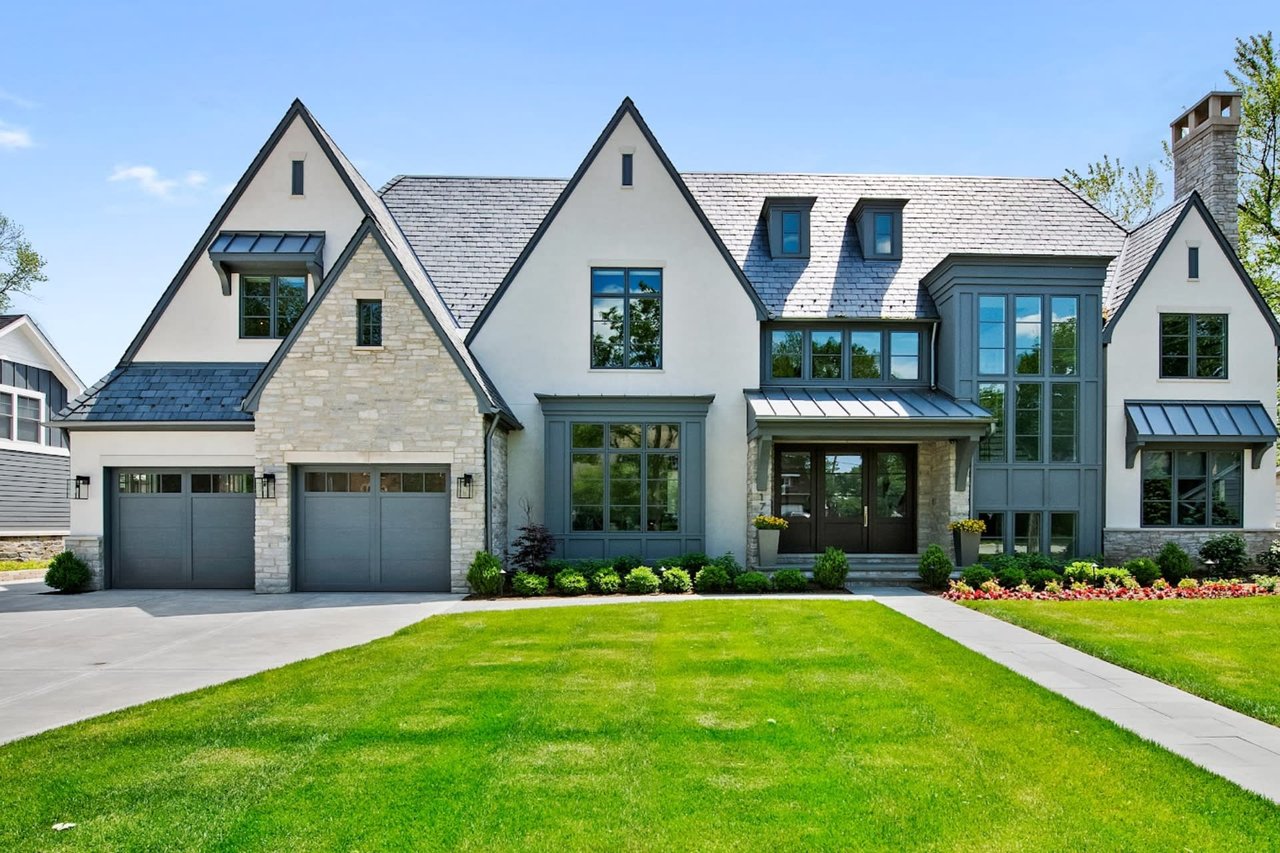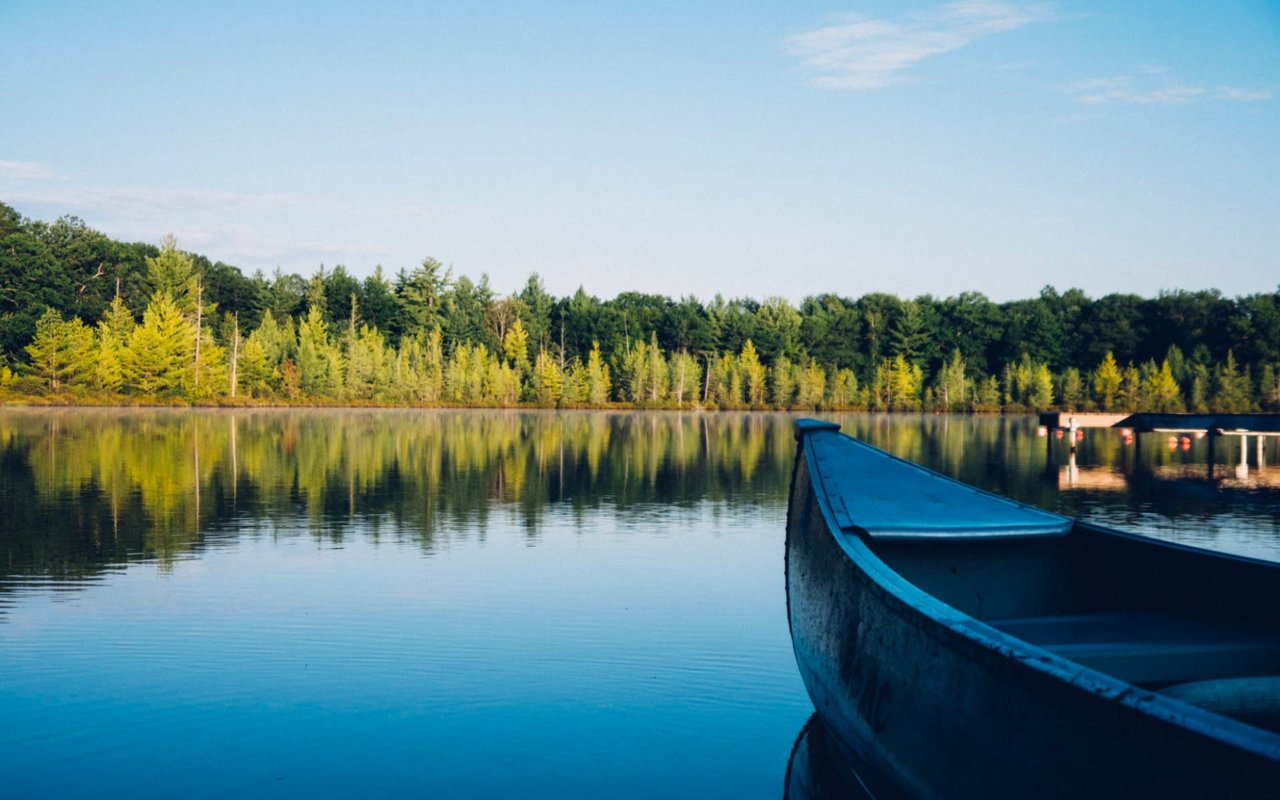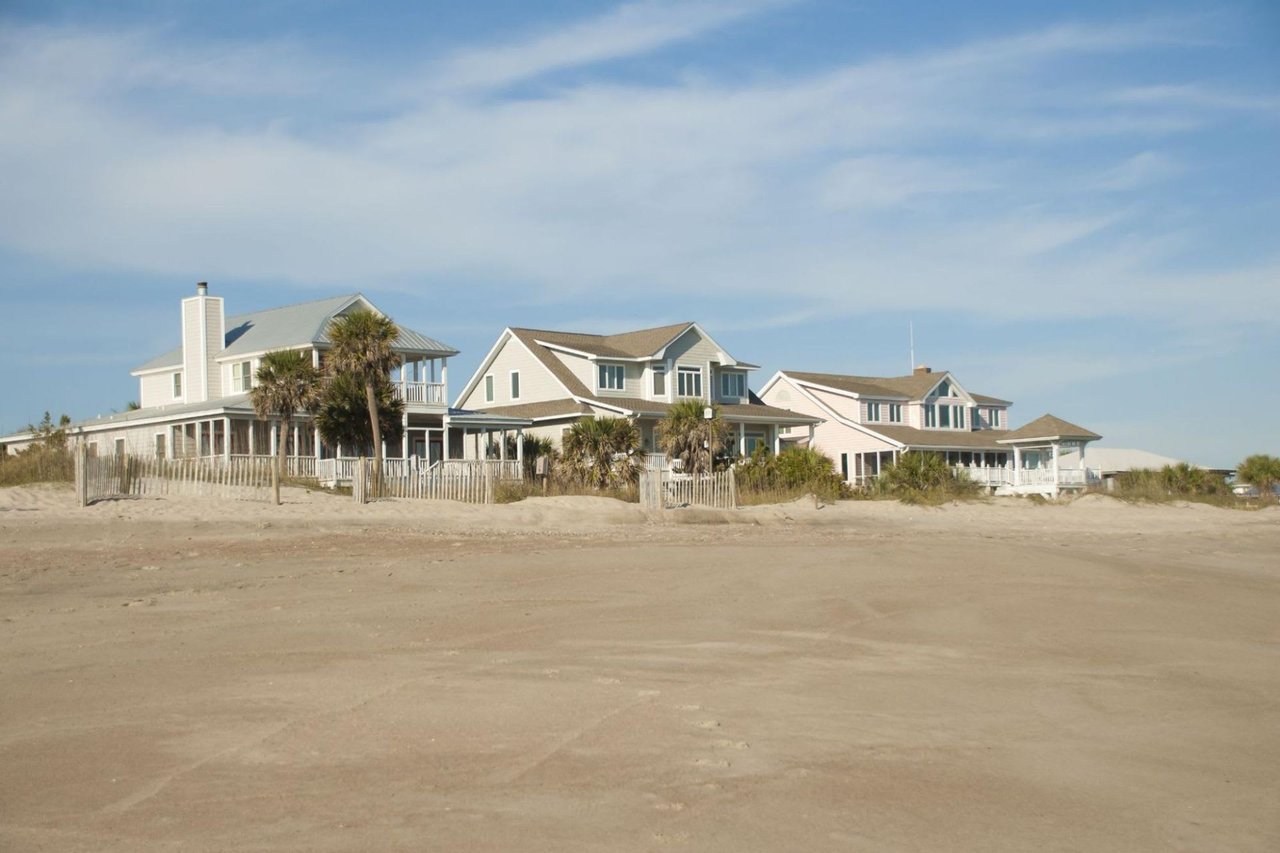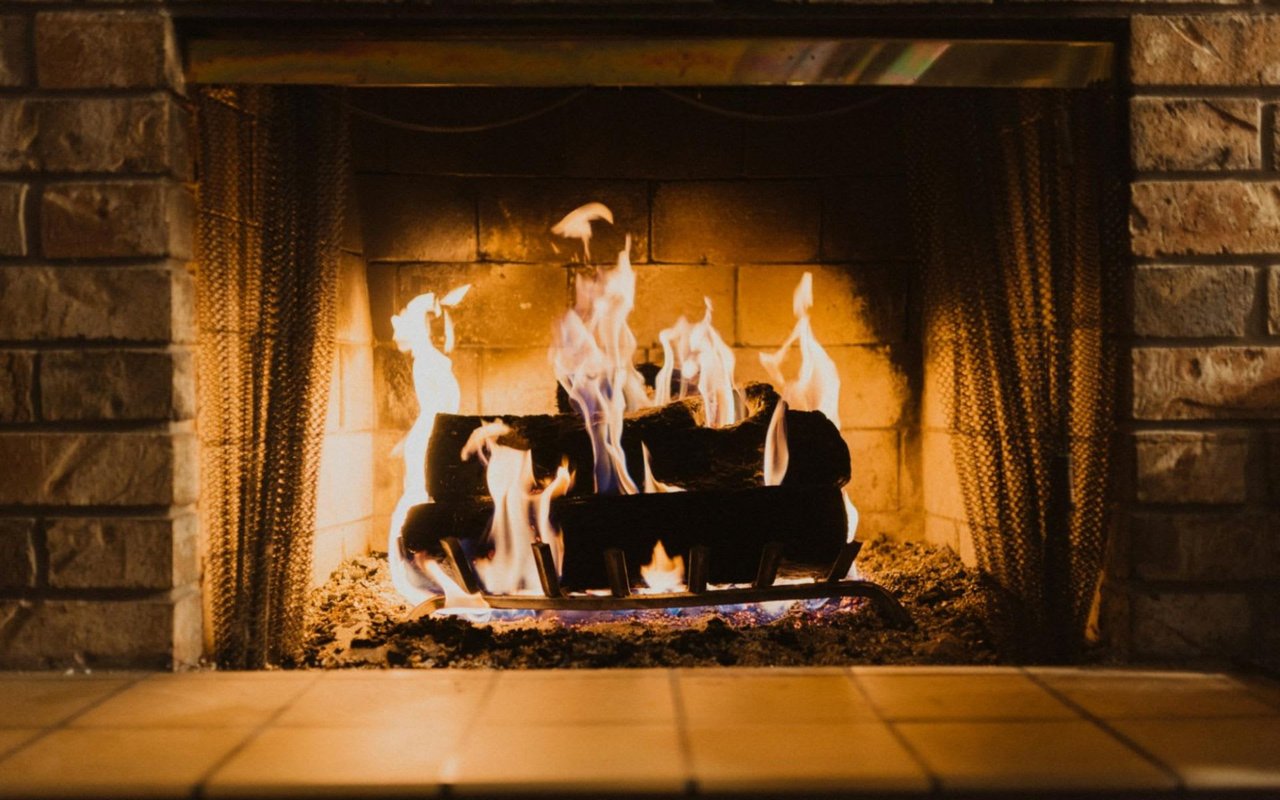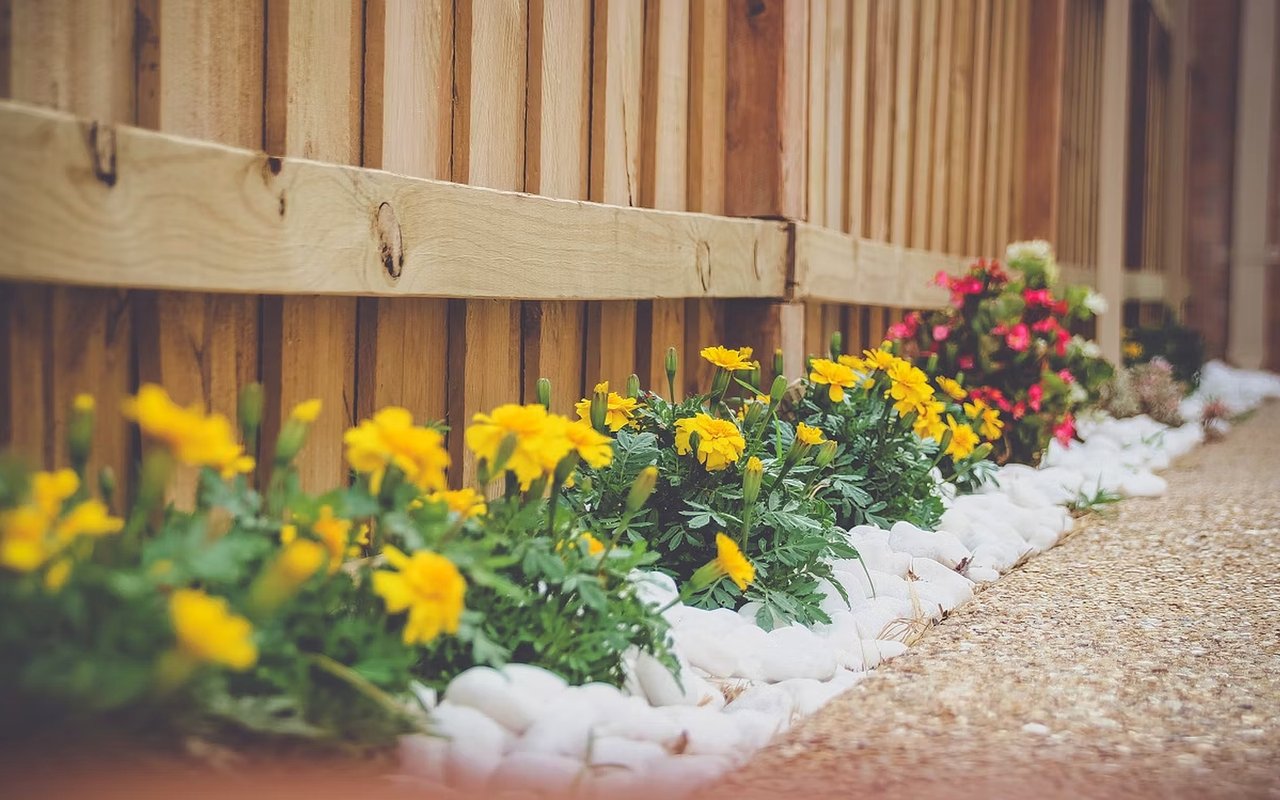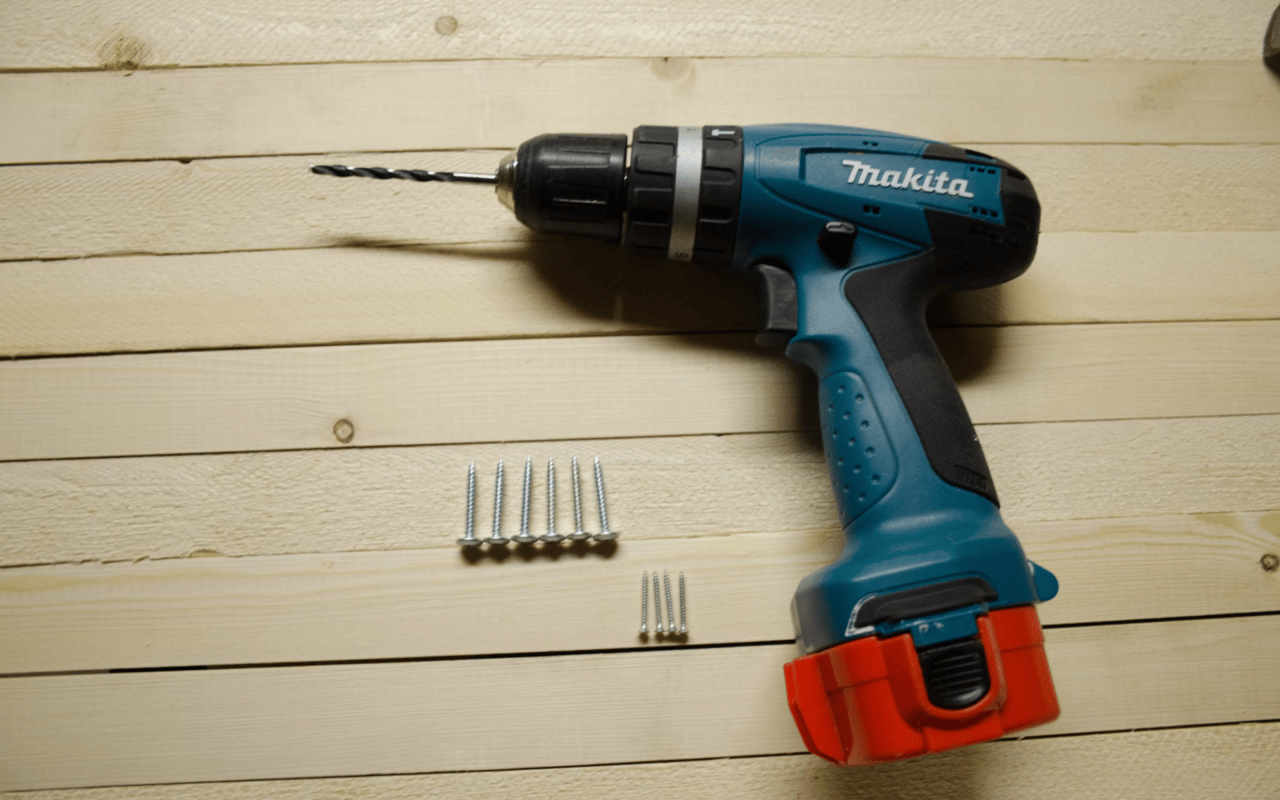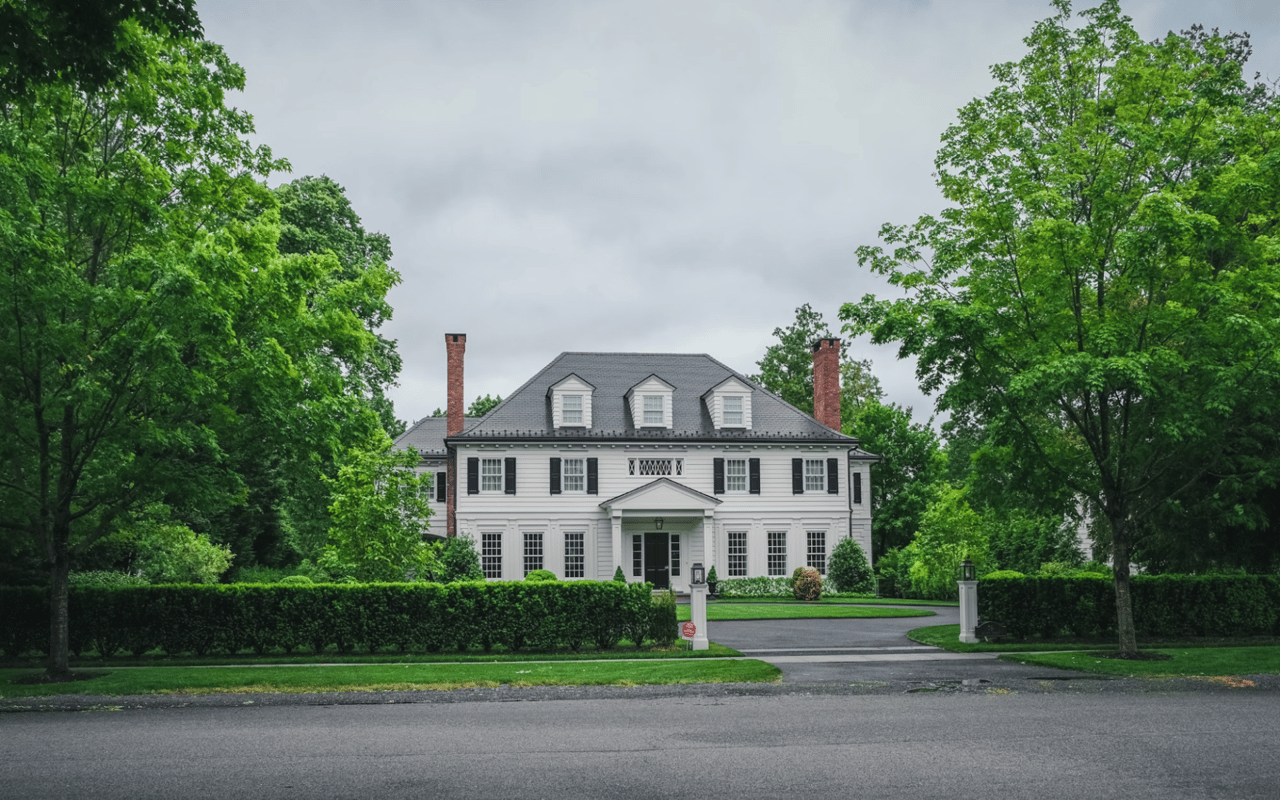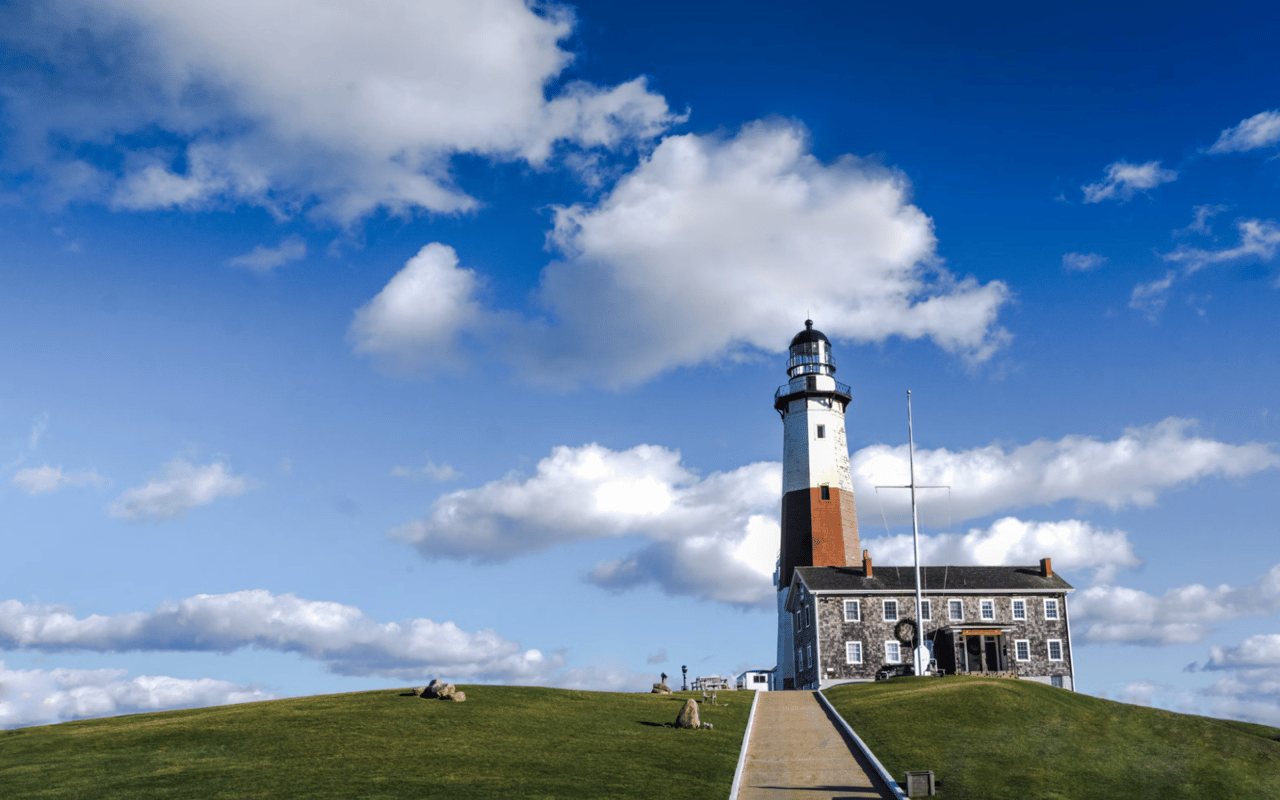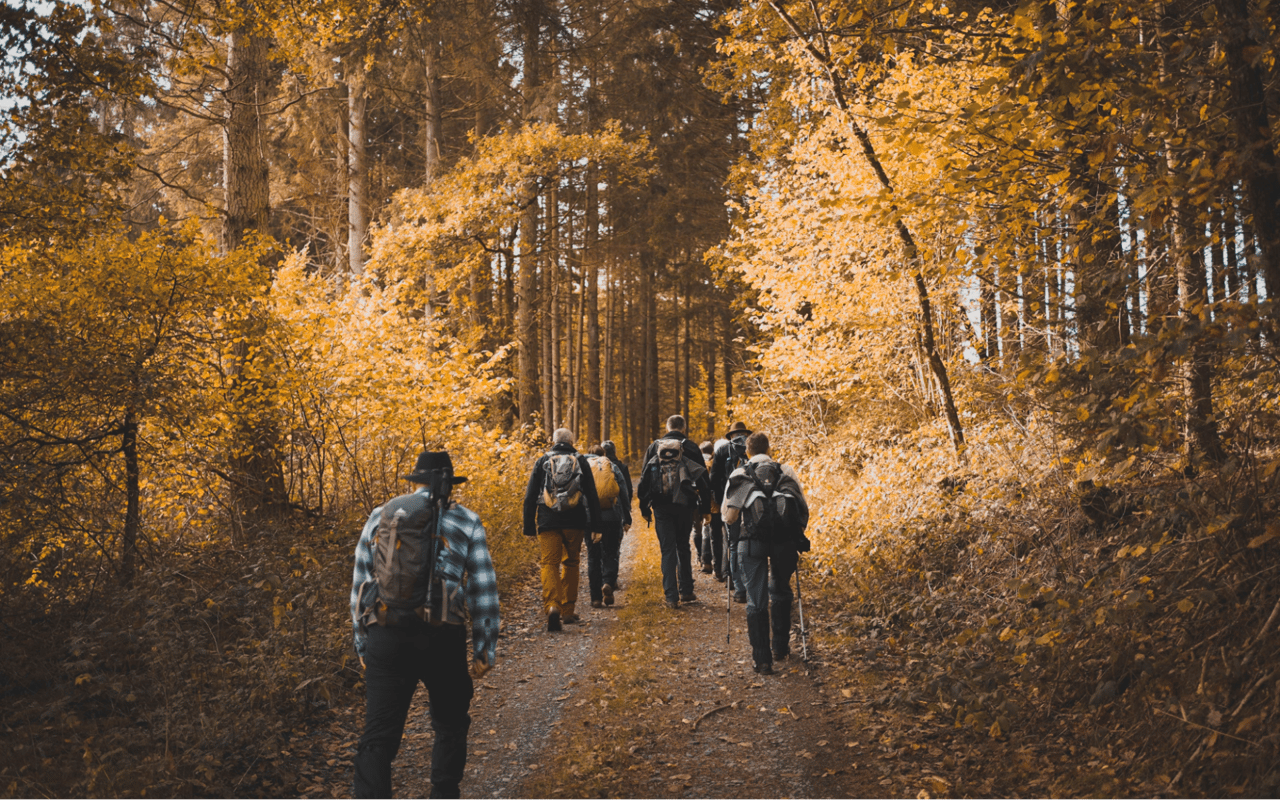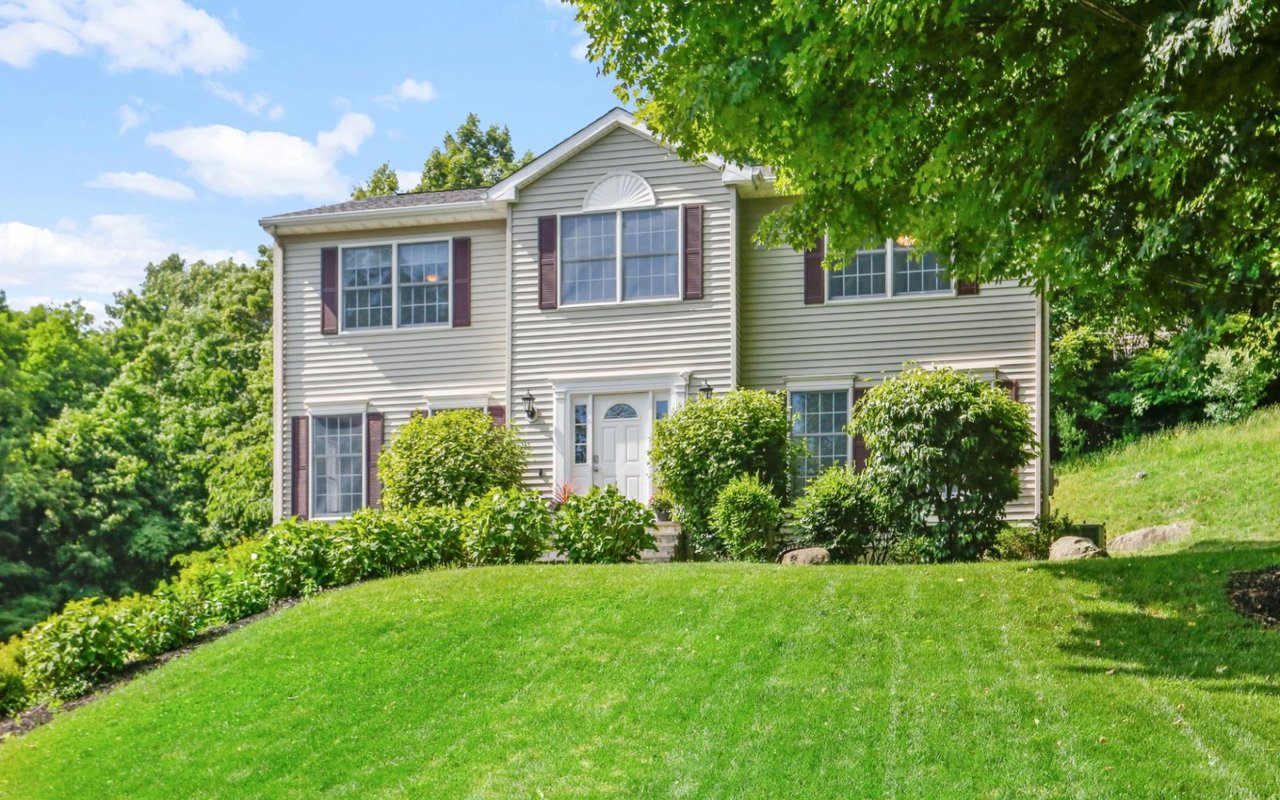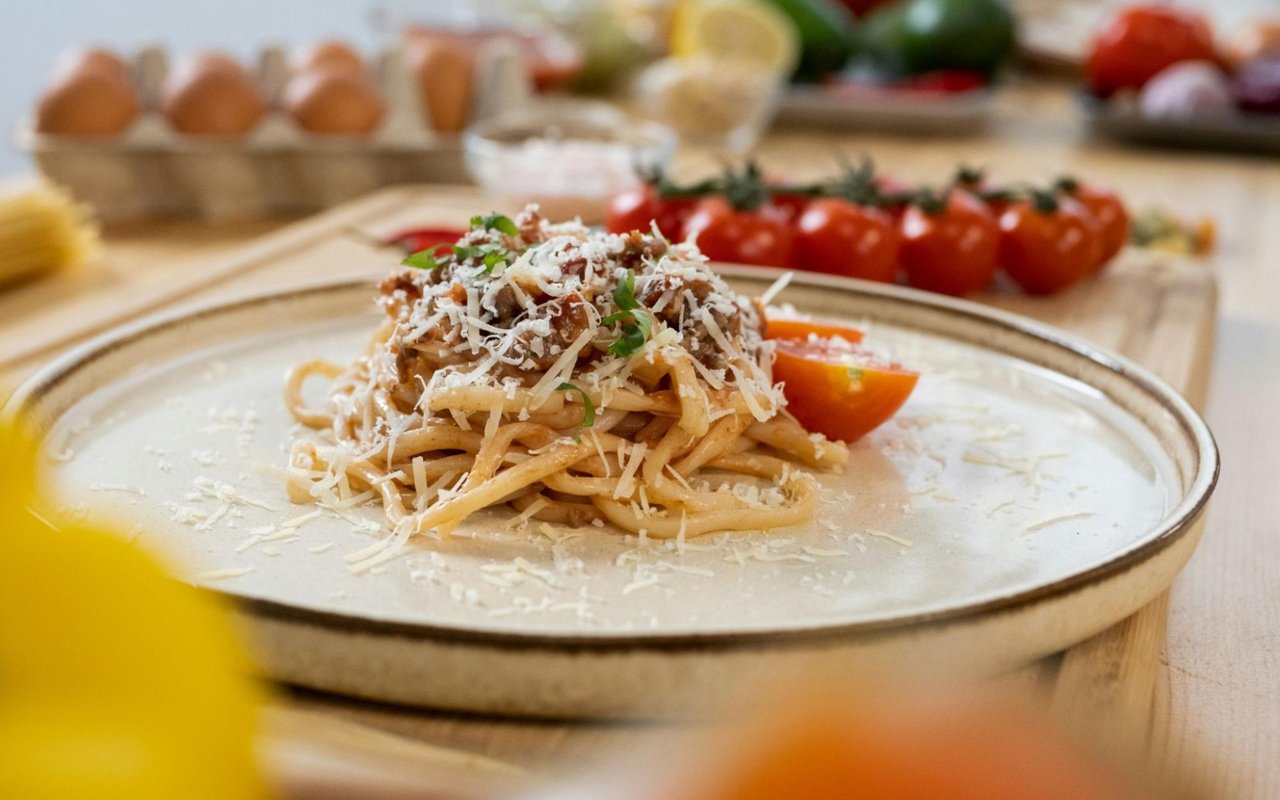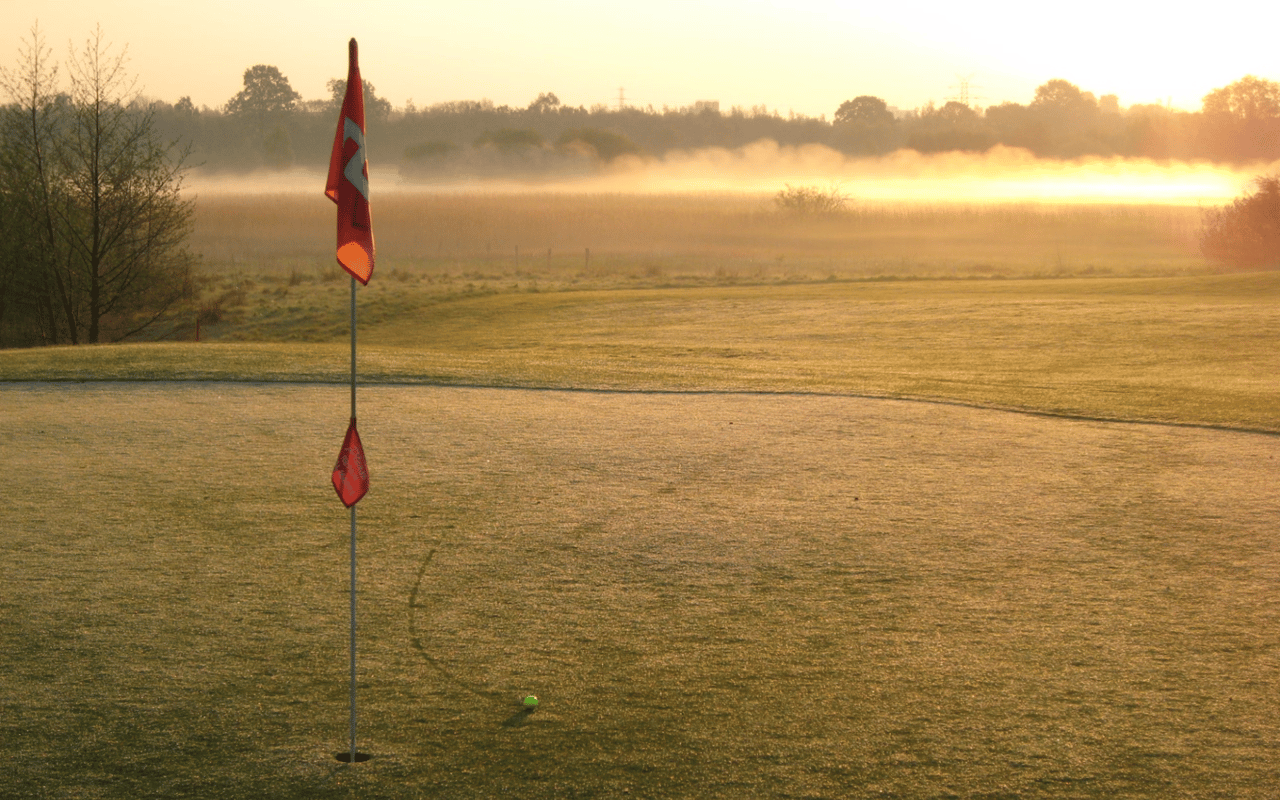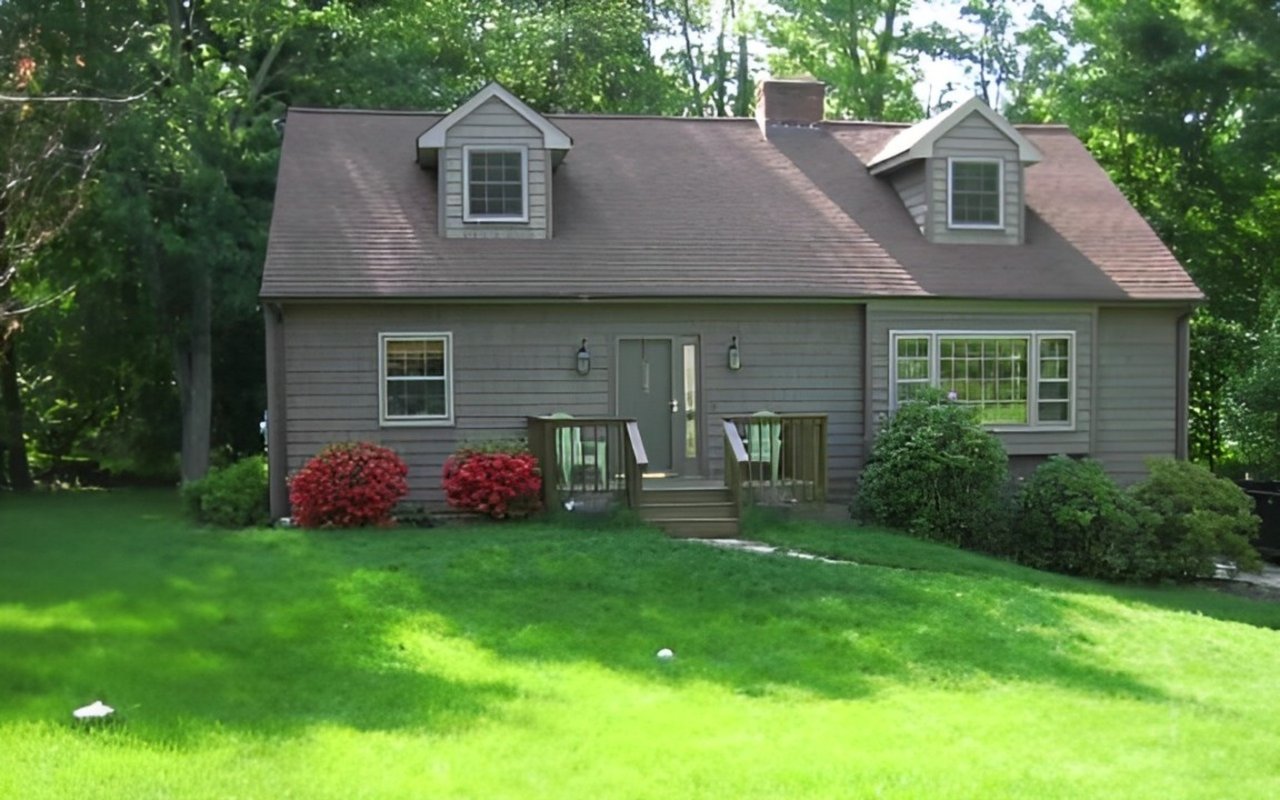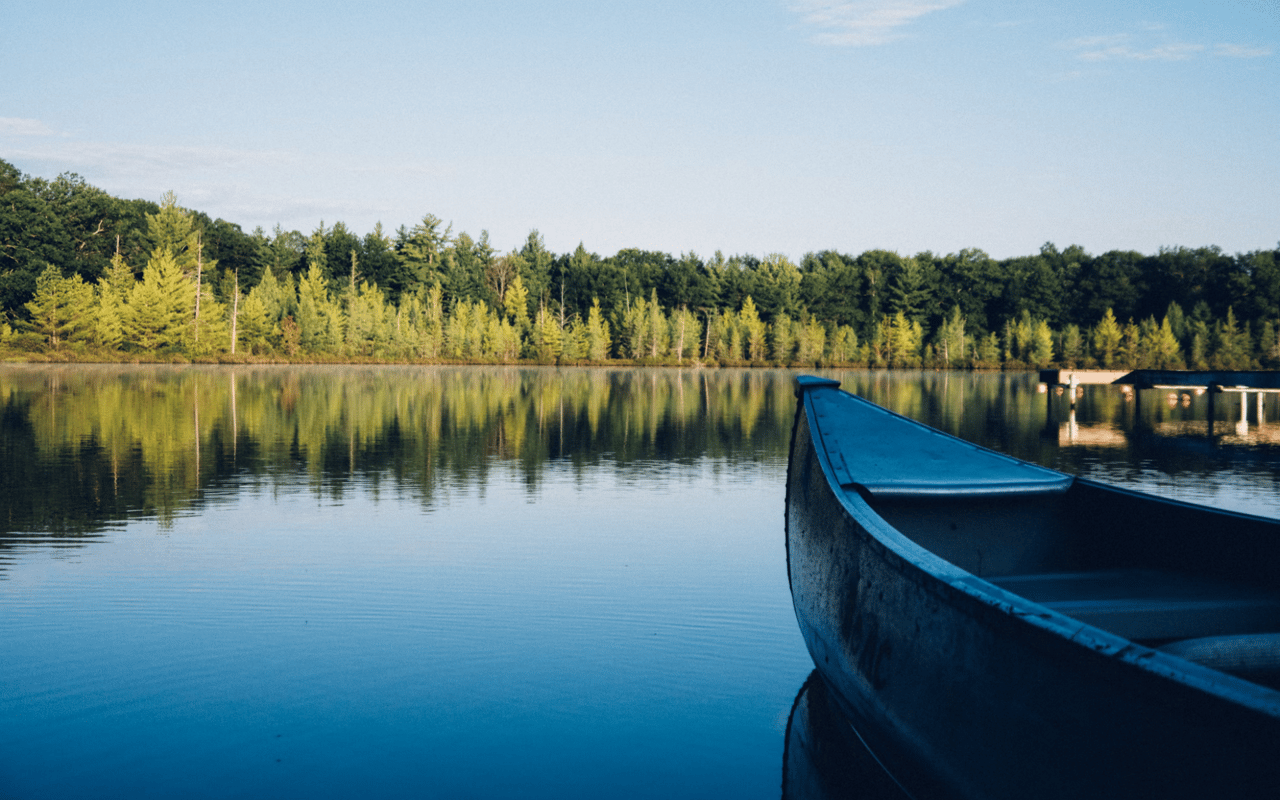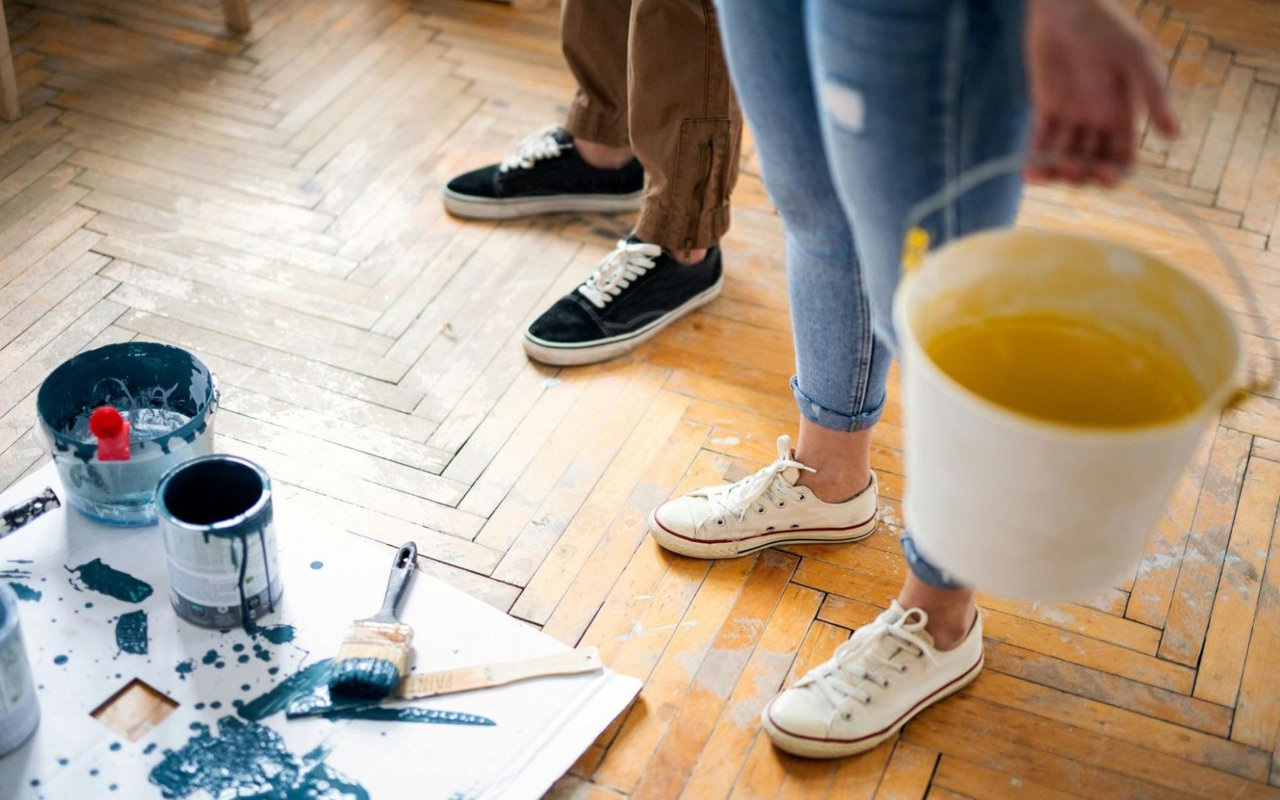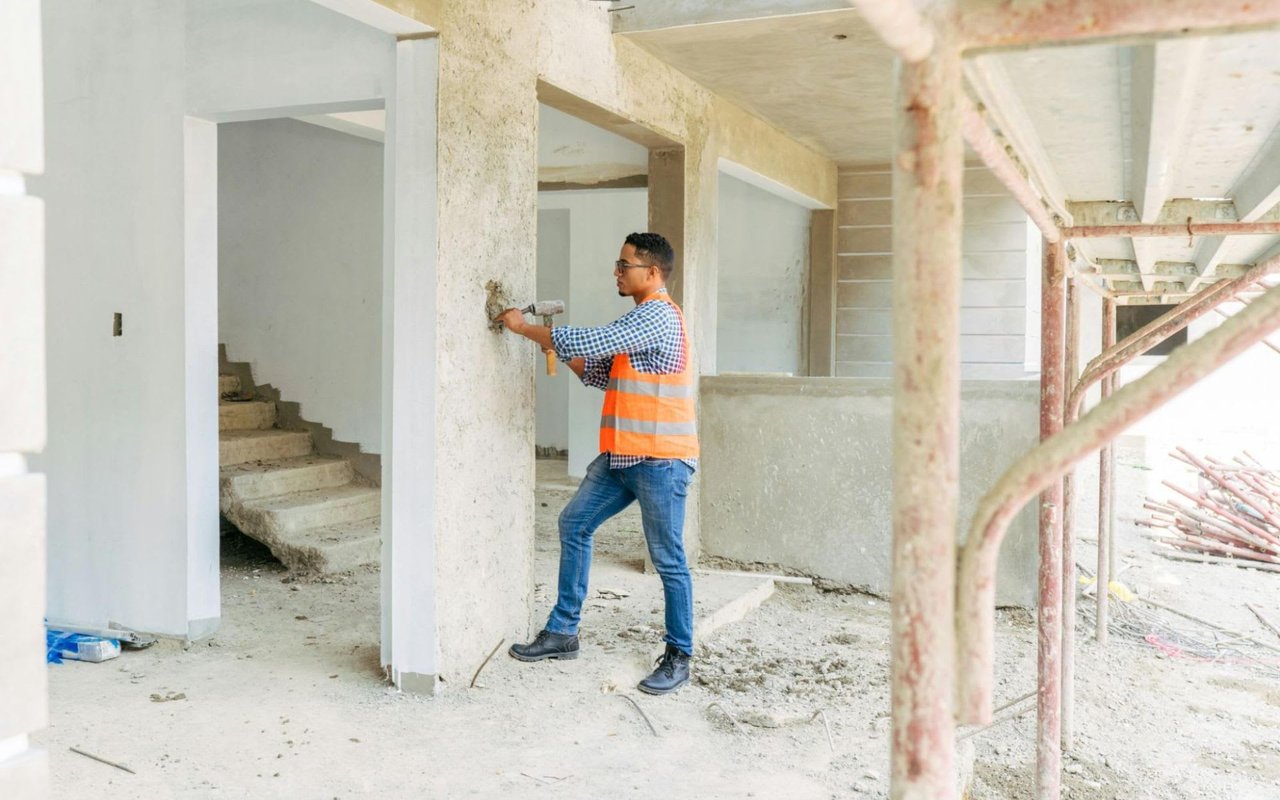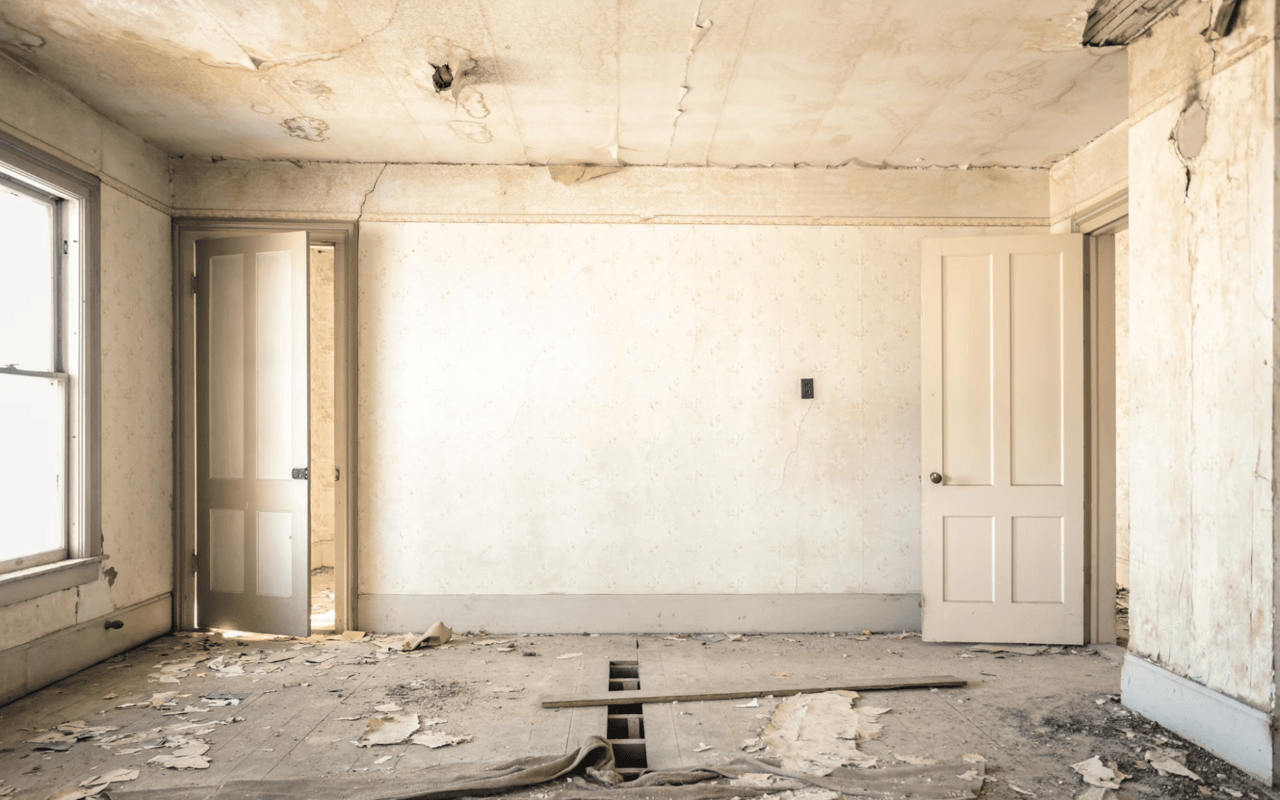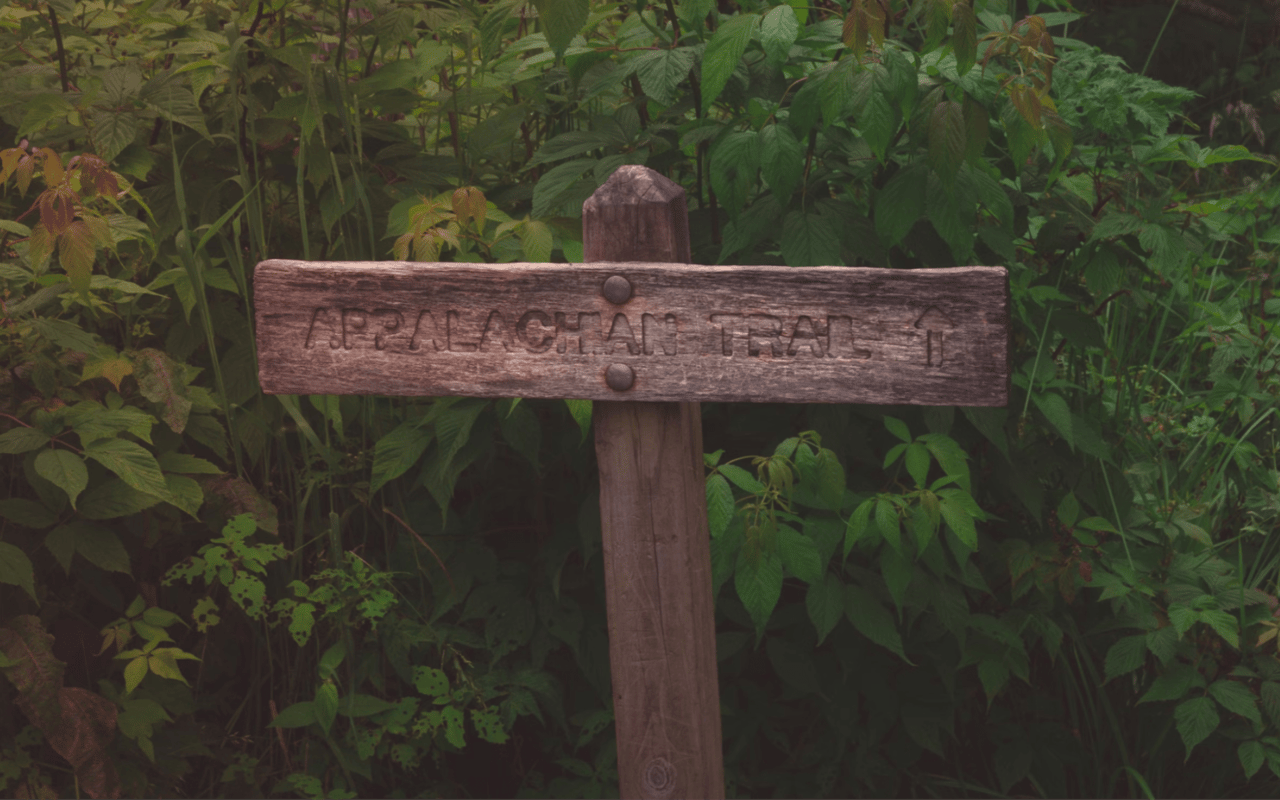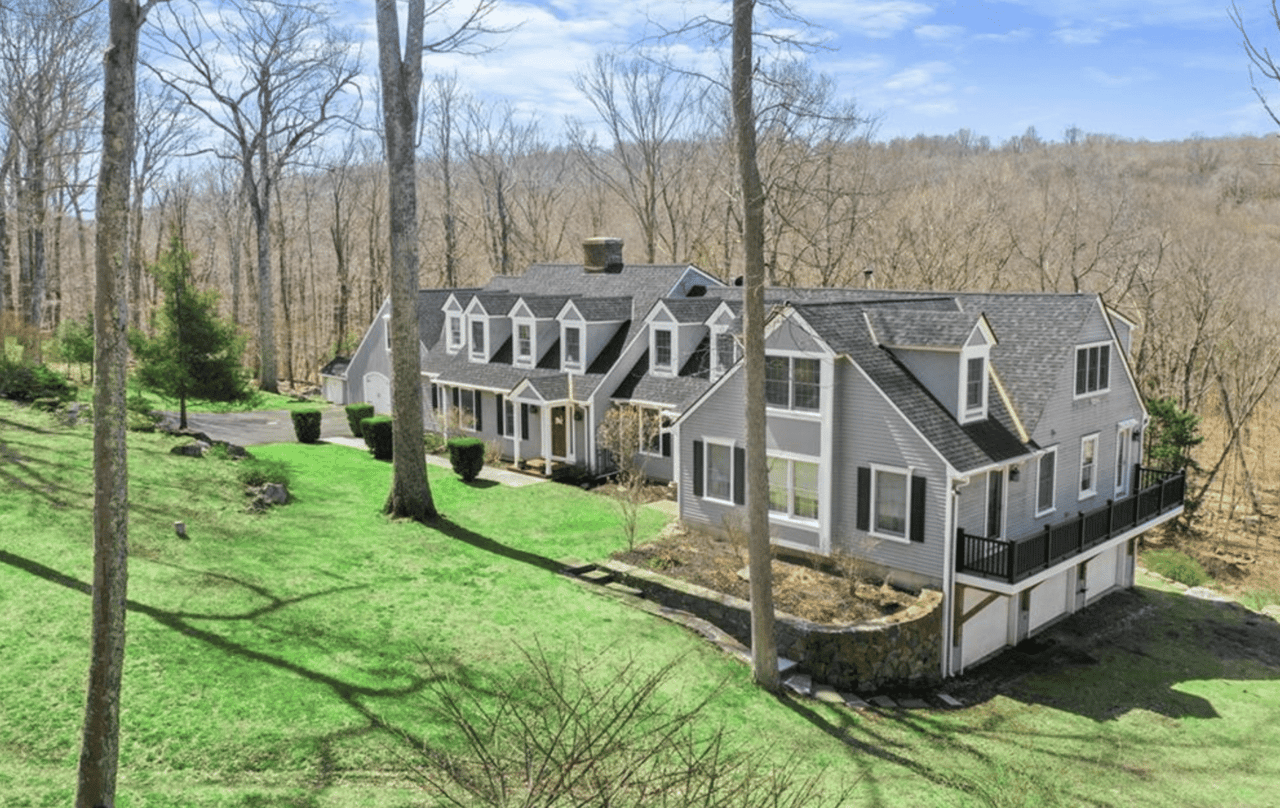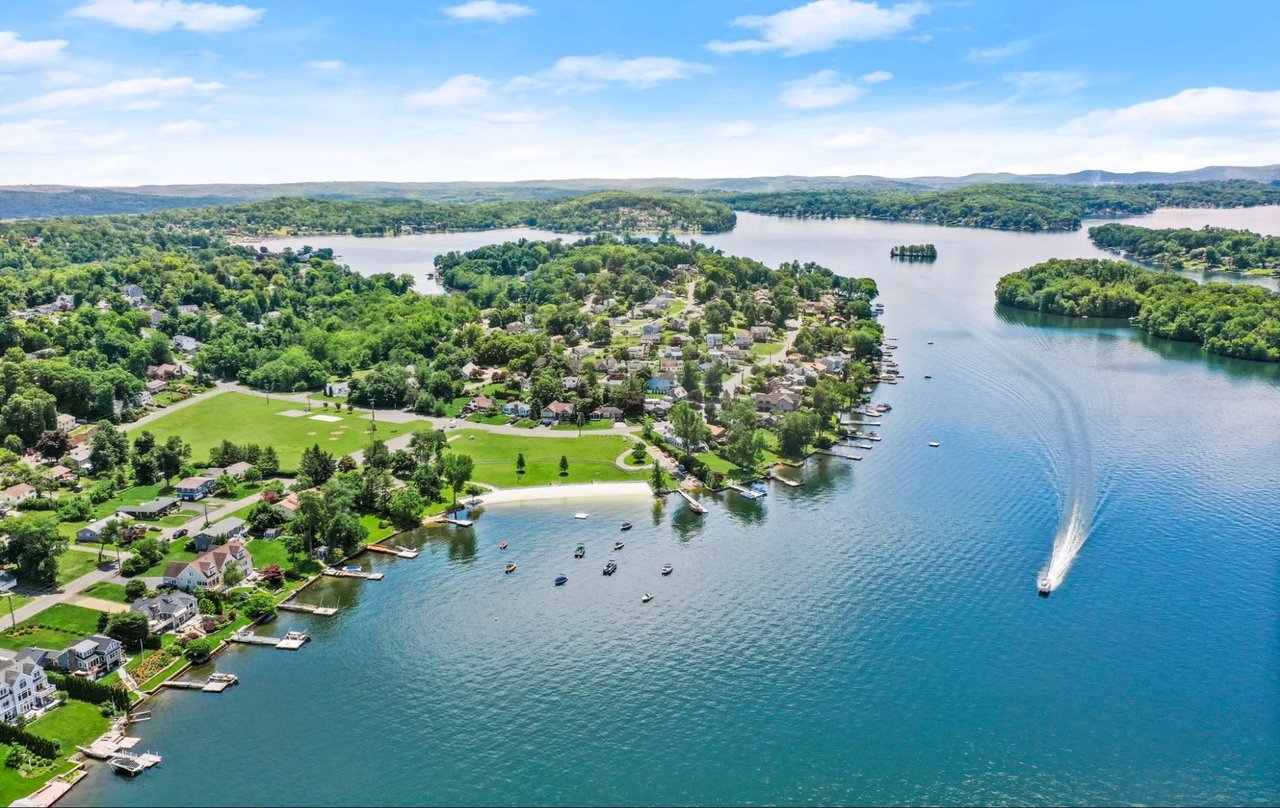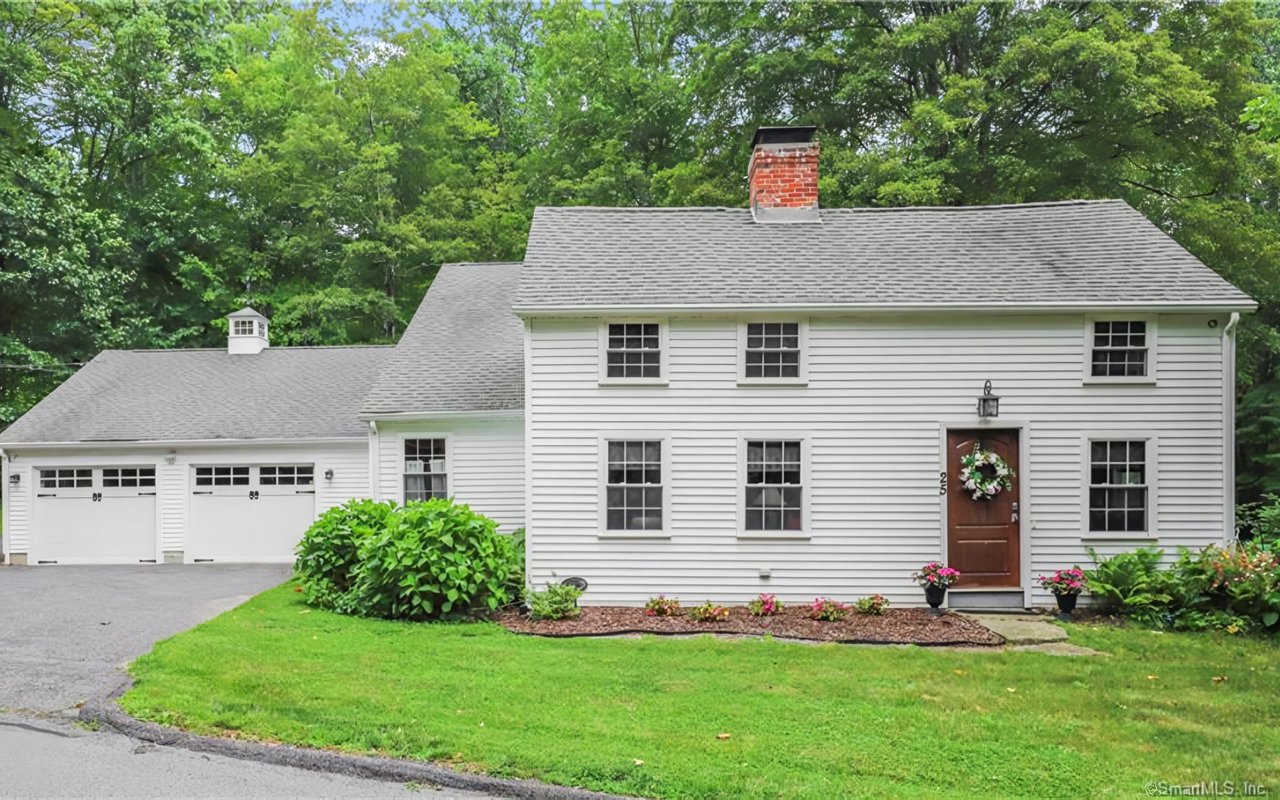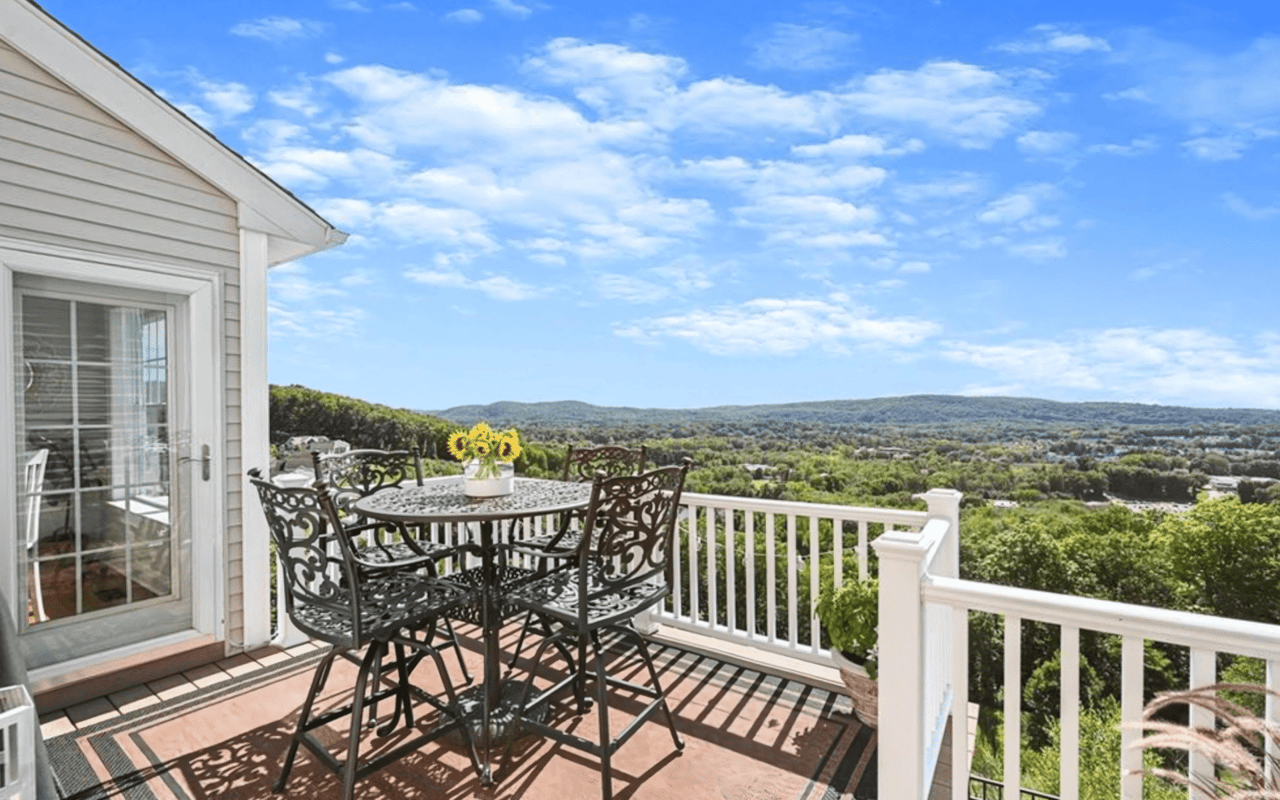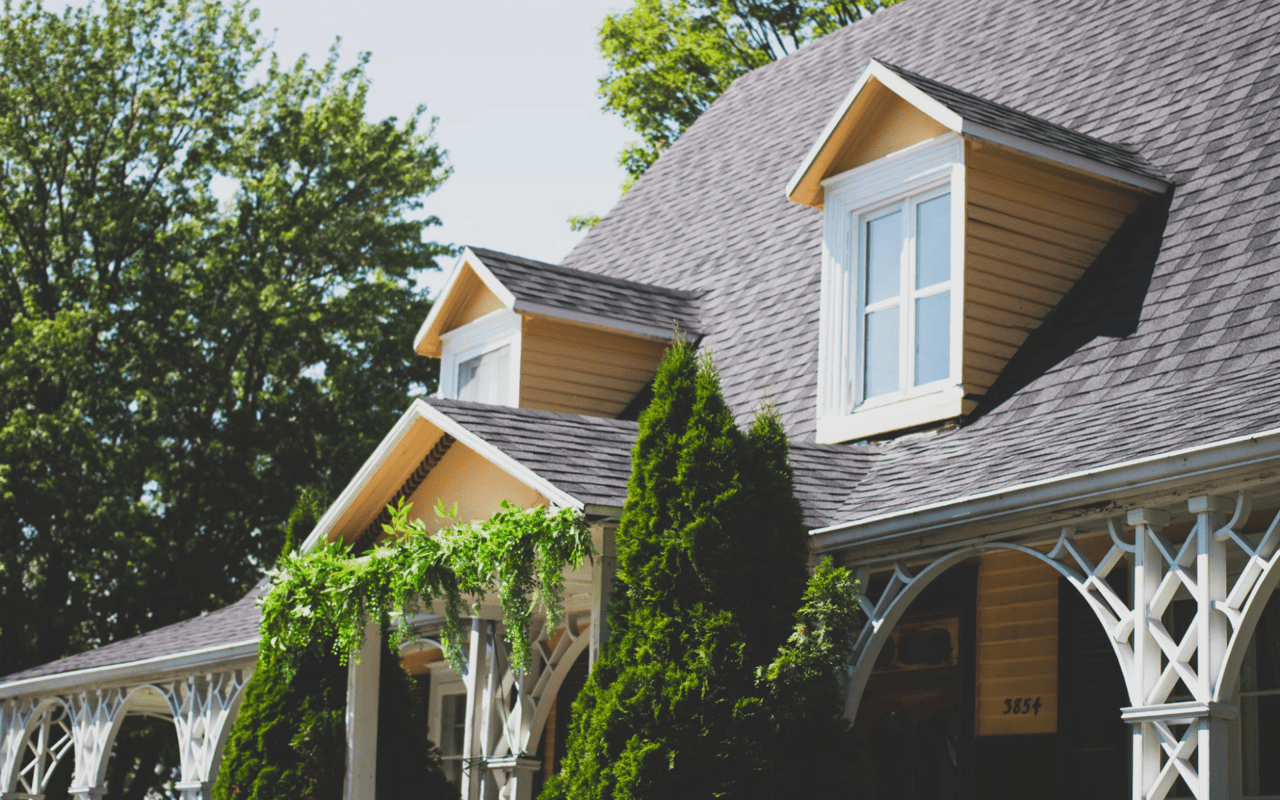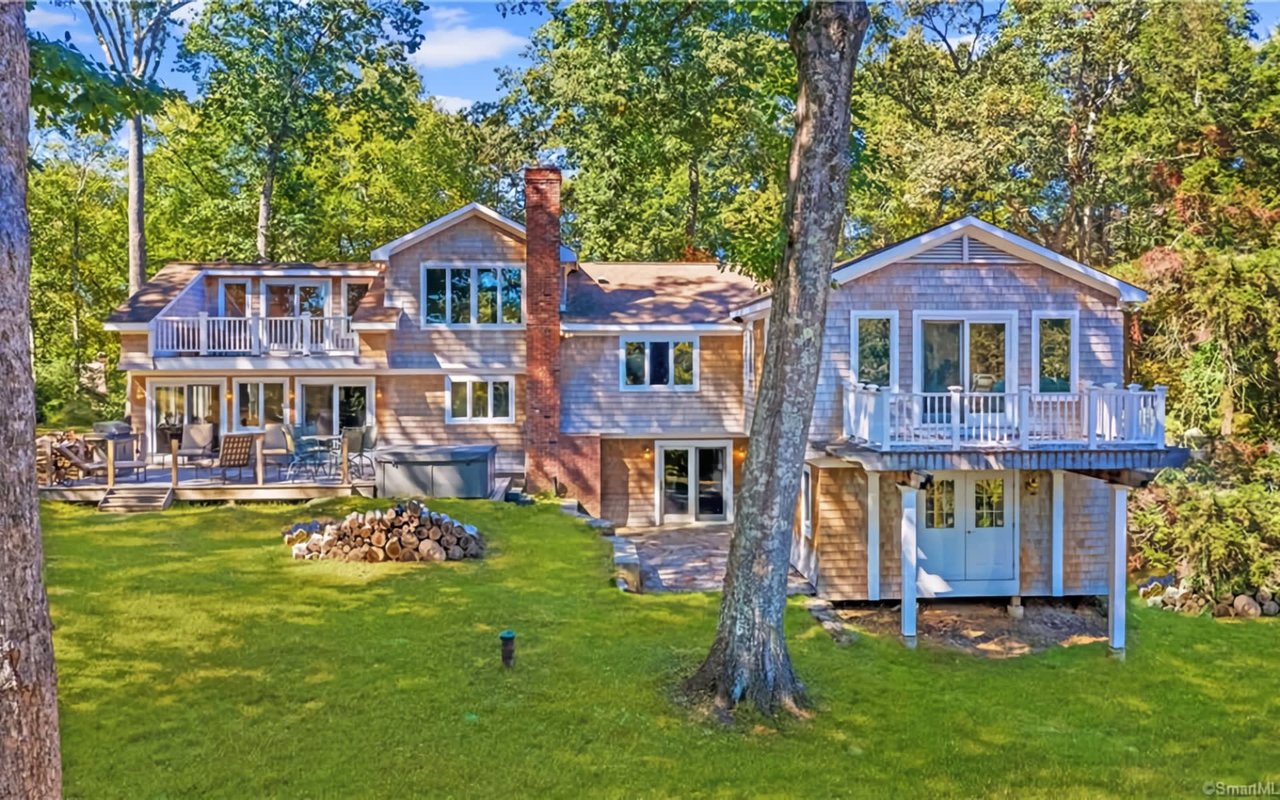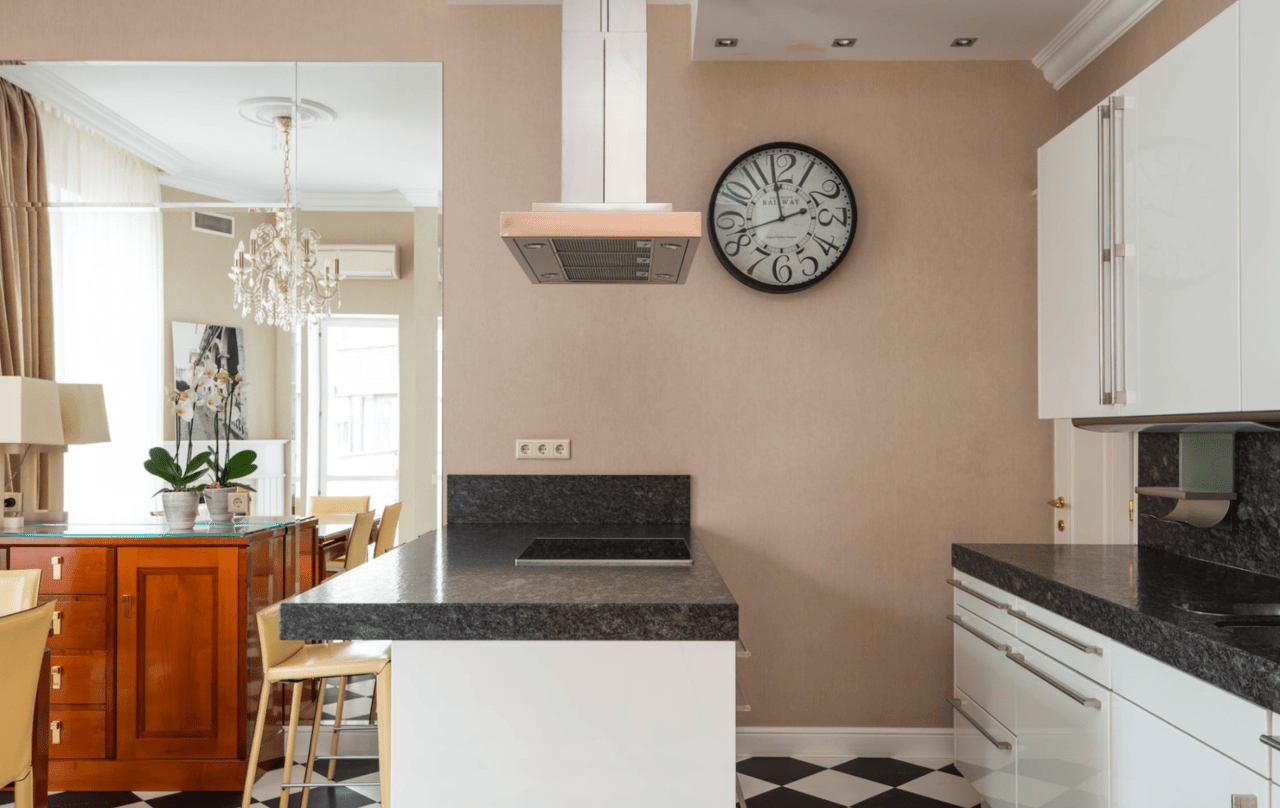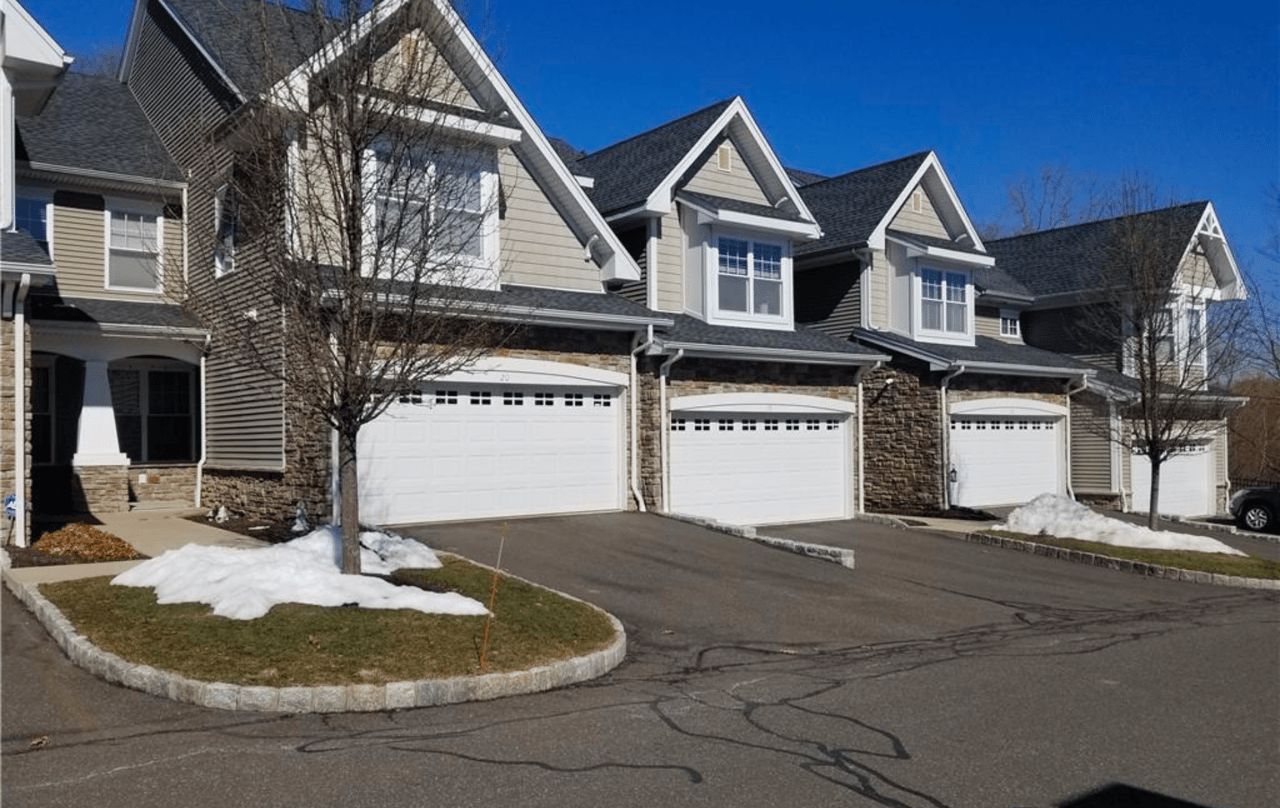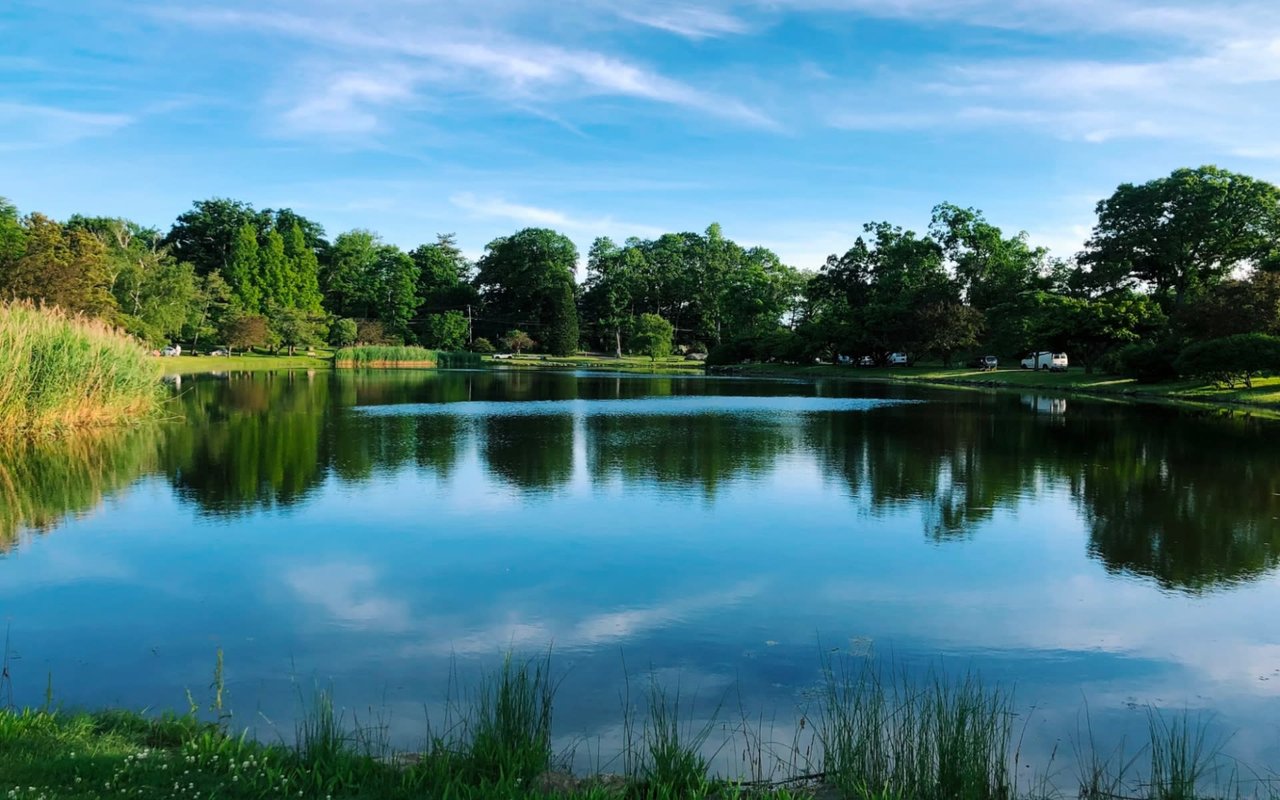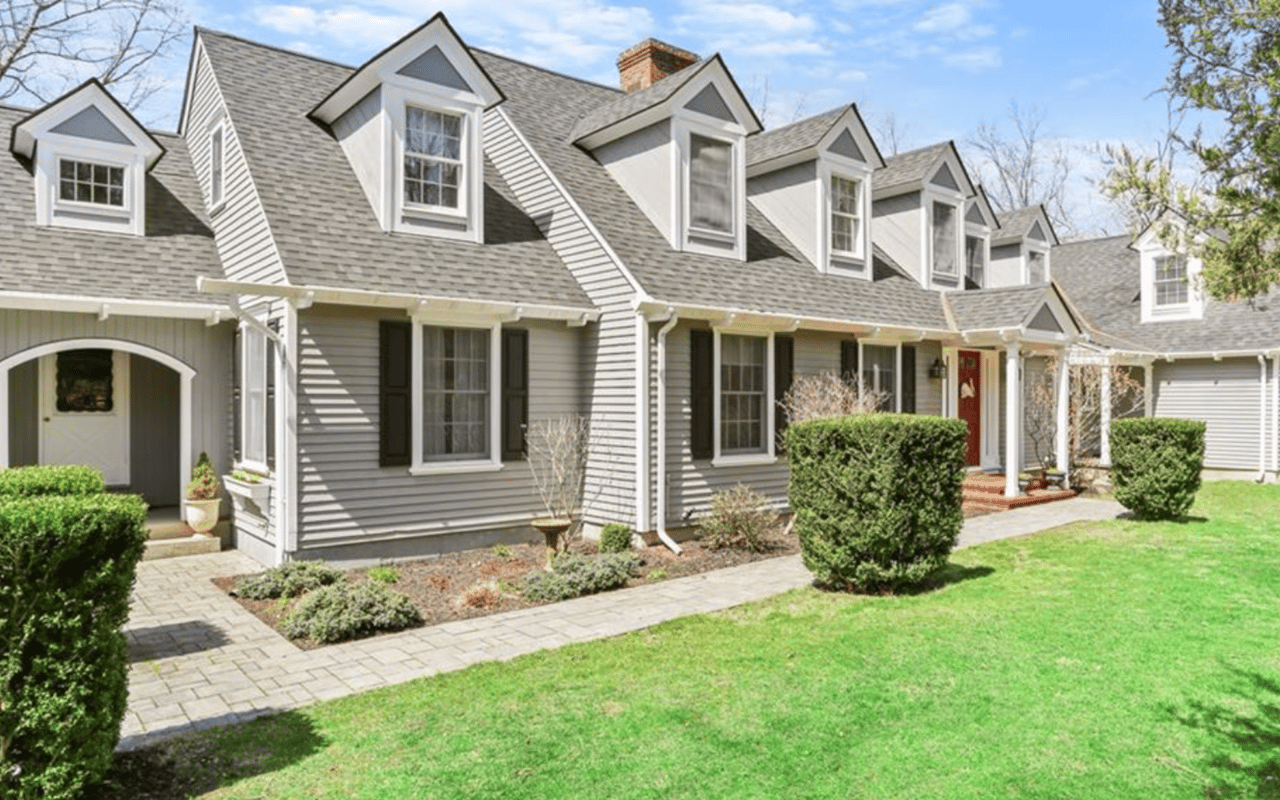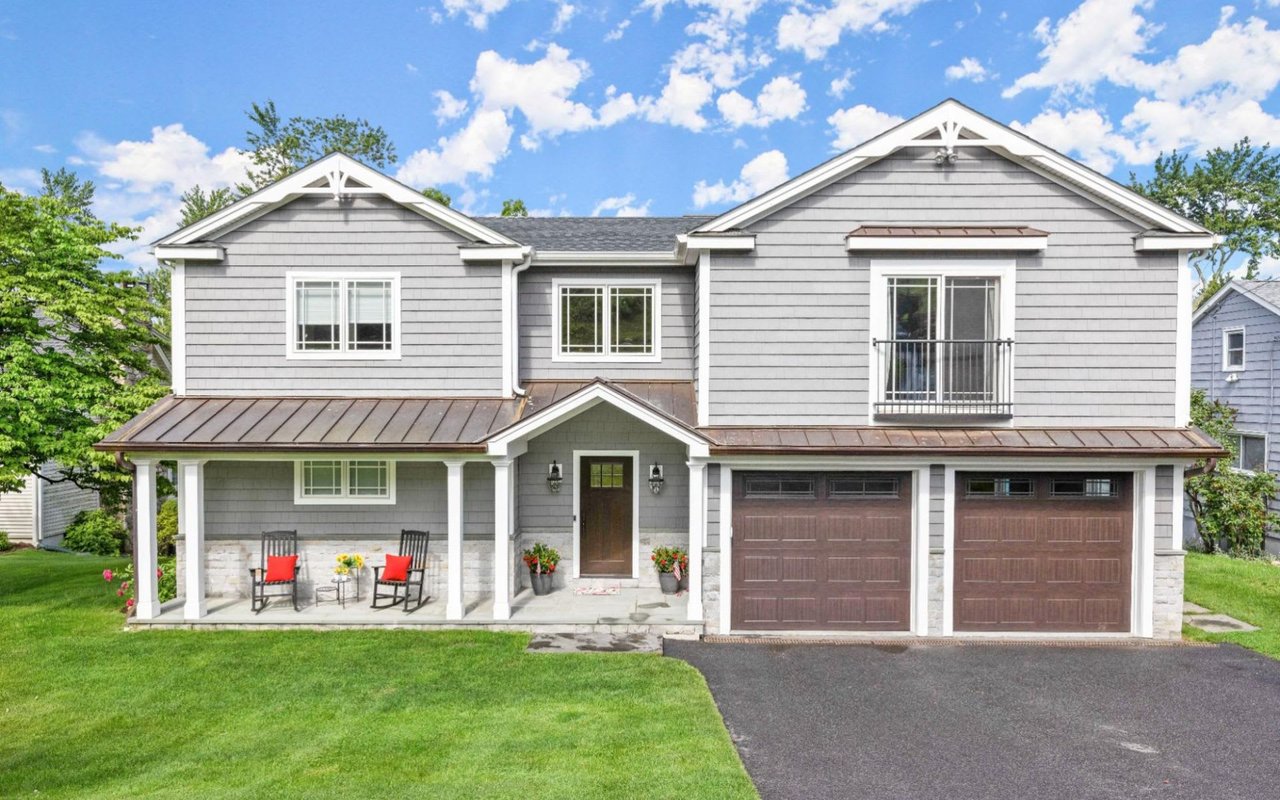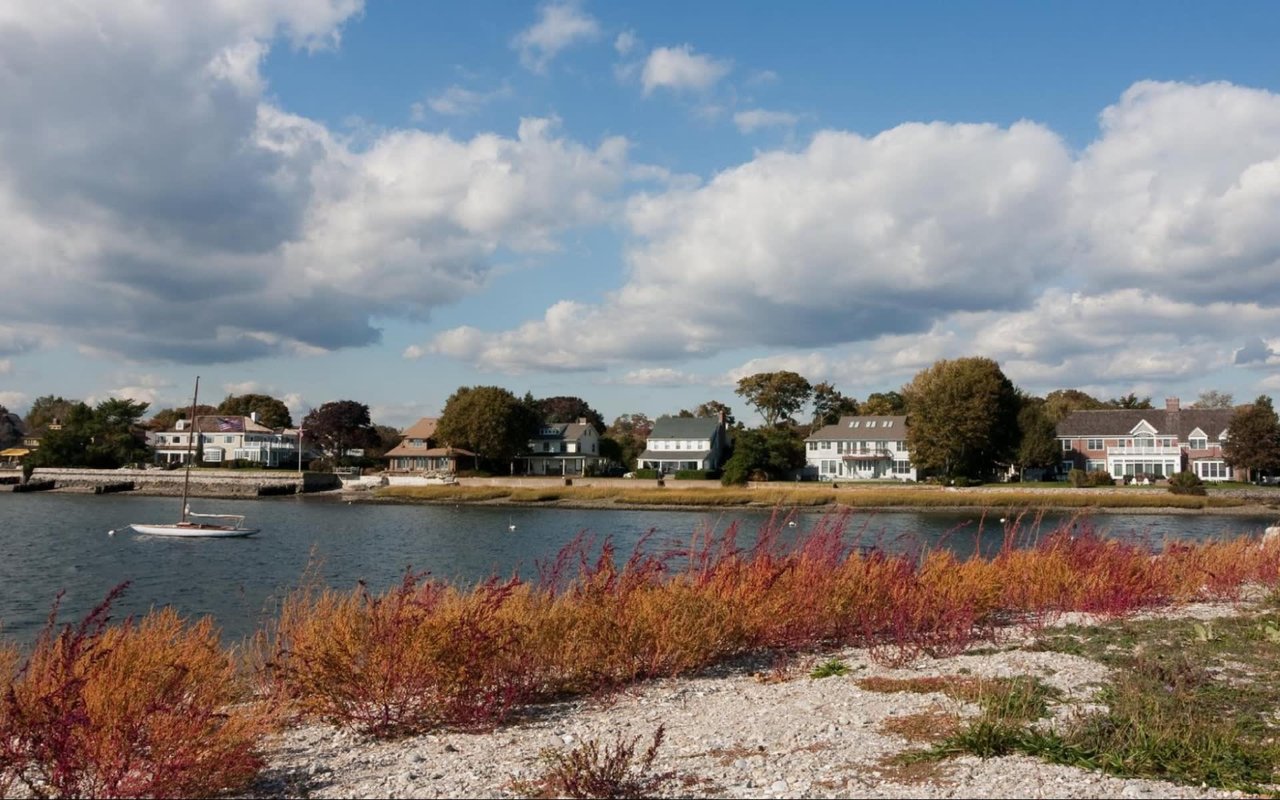As the chill of winter approaches, preparing your home becomes essential to ensure comfort and energy efficiency during the cold months ahead. This guide unveils how to effectively winterize your home, incorporating practical tips to keep your living space warm and protected from the weather.
Inspecting and Sealing Drafts: Ensuring a Tight Envelope
Before winter sets in, begin by inspecting your home for drafts. Common areas where drafts occur include windows, doors, and electrical outlets. Use weather stripping, caulking, or draft stoppers to seal any gaps and prevent heat from escaping. This simple step can significantly reduce heating costs and improve comfort levels indoors.
Insulating Attic and Basement Areas: Fortifying Your Home
A well-insulated attic and basement are crucial for maintaining consistent indoor temperatures. Inspect these areas for sufficient insulation and add more if needed. Proper insulation enhances warmth and prevents ice dams on the roof by maintaining even temperatures.
Servicing Heating Systems: Ensuring Efficient Performance
Before the cold weather arrives, schedule a professional inspection and servicing of your heating system. Clean or replace air filters in furnaces and heat pumps to ensure optimal airflow and efficiency. Check for any signs of wear or malfunction that could lead to heating issues during winter. A well-maintained heating system not only saves energy but also prolongs the lifespan of your equipment.
Protecting Pipes: Preventing Freezing and Damage
Frozen pipes can lead to costly repairs and water damage. Insulate pipes in unheated areas of your home, such as basements, attics, and crawl spaces, using pipe insulation sleeves or heat tape. During extreme cold spells, allow faucets to drip slightly to prevent water from freezing in the pipes. Properly winterizing your pipes ensures a steady water supply and reduces the risk of burst pipes.
Preparing Windows and Doors: Maximizing Energy Efficiency
Windows and doors are major sources of heat loss in homes. Install storm windows or use window insulation kits to create an additional barrier against cold air. If feasible, consider upgrading to energy-efficient windows and doors, as they offer better insulation and can reduce heating costs over time. For added protection, remember to check and replace damaged seals and weather stripping around windows and doors.
Maintaining Gutters and Roof: Preventing Ice Dams
Clear debris from gutters and downspouts to allow proper drainage of melting snow and ice. Clogged gutters can lead to ice dams, which can cause roof leaks and damage. Inspect your roof for loose or damaged shingles and repair them promptly. Trim overhanging tree branches that could potentially fall onto your roof during winter storms. Keeping your roof and gutters in good condition prevents water infiltration and preserves the integrity of your home and its structure.
Utilizing Programmable Thermostats: Optimizing Heating Efficiency
Invest in a programmable thermostat to regulate indoor temperatures according to your schedule. Lower the thermostat at night and when you are away from home to save on heating costs without sacrificing comfort. Some smart thermostats can learn your heating preferences and adjust settings automatically for maximum efficiency. Take advantage of these technologies to maintain a comfortable and energy-efficient home environment throughout winter.
Ensuring Fireplace and Chimney Safety: Enhancing Heating Alternatives
If you have a fireplace, ensure it is clean and in good working condition before lighting the first fire of the season. Hire a professional chimney sweep to remove creosote buildup and inspect for any blockages that could pose a fire hazard. Use a fireplace screen to prevent sparks from escaping into the room, and keep flammable materials away from the hearth area. Proper maintenance of your fireplace not only enhances safety but also provides an additional heating source during power outages or freezing days.
Protecting Outdoor Faucets and Sprinkler Systems: Preventing Freezing Damage
Outdoor faucets and irrigation systems are susceptible to freezing temperatures, which can cause pipes to burst and lead to costly repairs. Disconnect garden hoses and drain outdoor faucets to prevent water from freezing inside. Insulate outdoor faucets with foam covers or wrap them in towels and secure with duct tape. If you have an irrigation system, schedule a professional winterization service to blow out the remaining water from the lines and prevent damage. These precautions ensure that your outdoor water systems remain intact and functional throughout winter.
Discover Your Ideal Winter-Ready Home with Bowman Properties
Following these proactive steps to winterize your home can enhance comfort, reduce energy consumption, and protect your property from potential winter-related damages. Prepare early and stay warm throughout the season with a well-insulated and efficiently heated home.
As you prepare your current home for winter, consider the advantages of finding a property that is already winterized. Whether you are seeking a cozy fireplace, well-sealed windows, or smart thermostat technology, contact
Bowman Properties today to help you find a home that meets all your winterization needs. Embrace warmth and comfort in a home tailored to your seasonal preferences.

